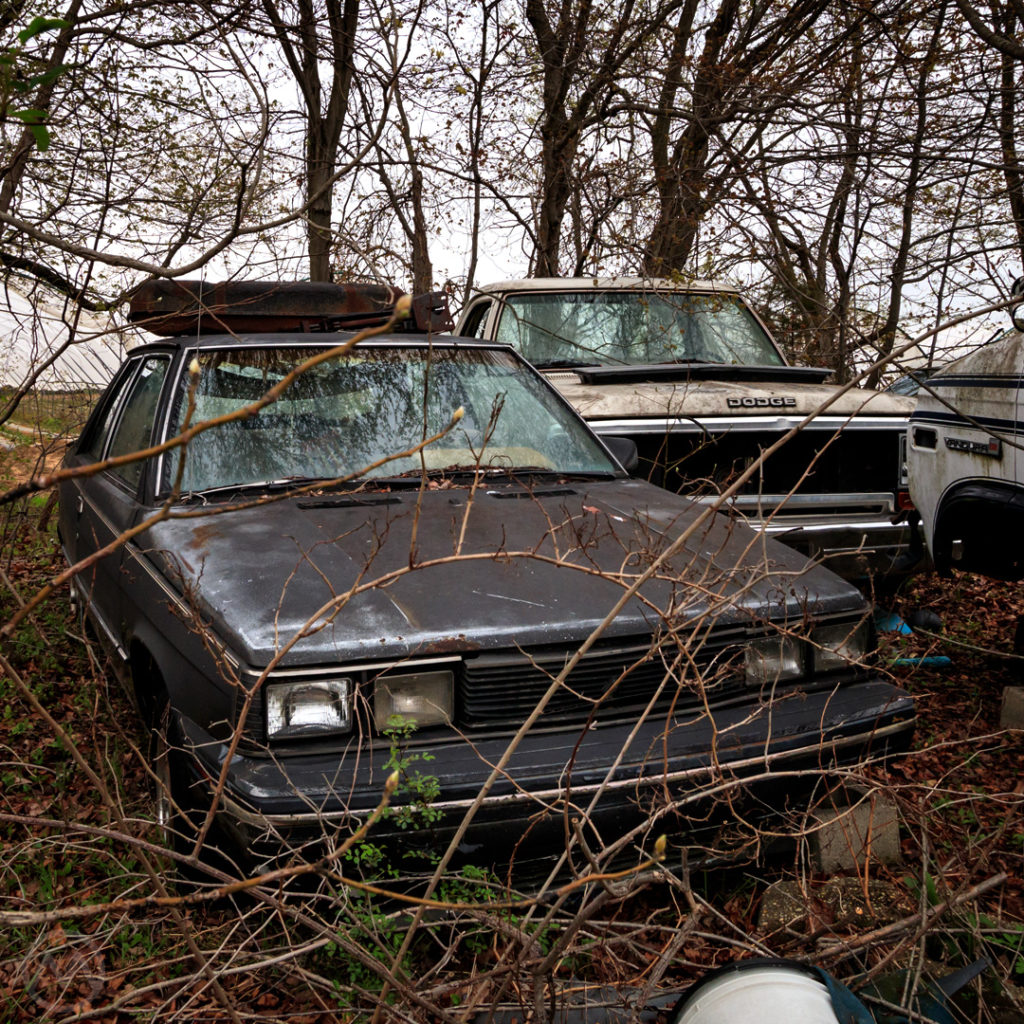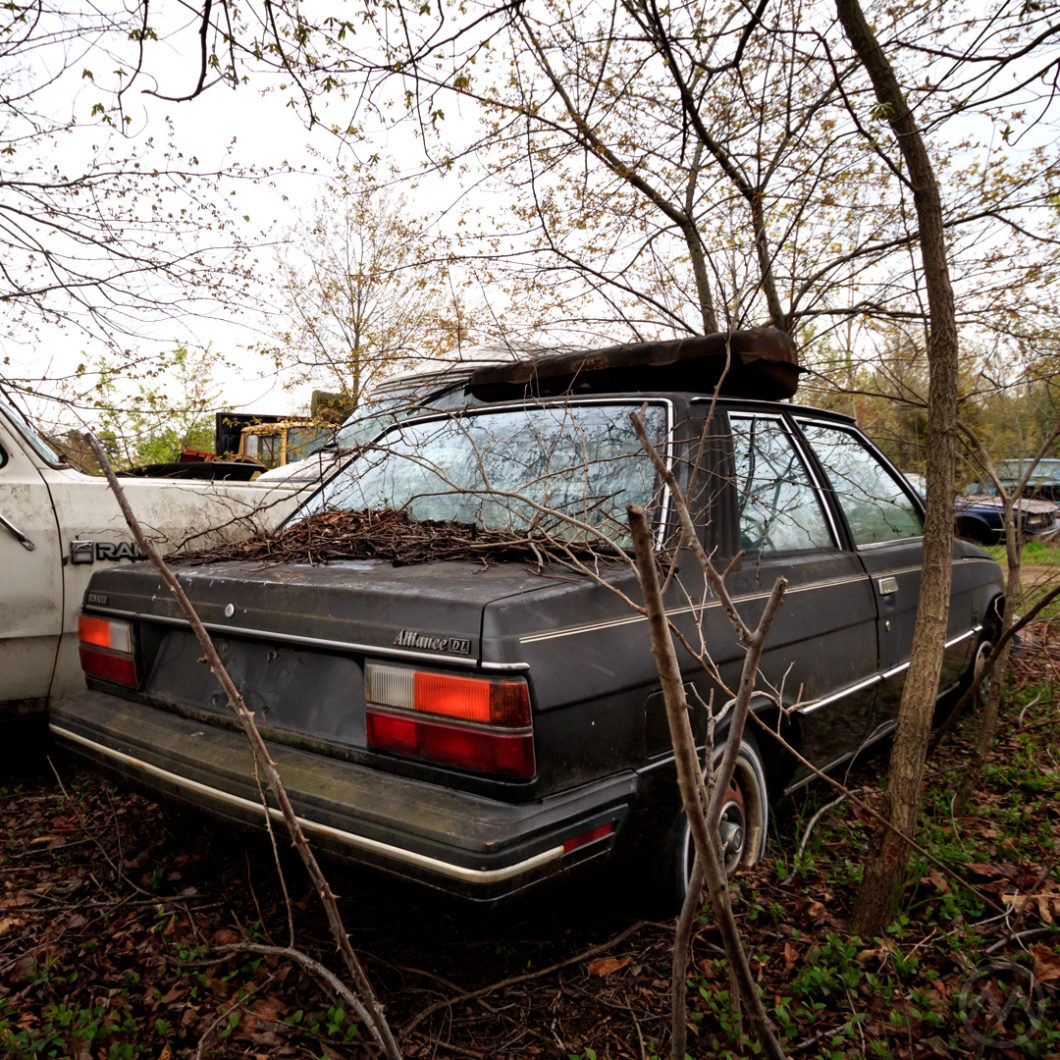Word of a potential merger between FCA and Renault can’t help but evoke memories of the long ago tie-up Renault-AMC tie up; which began in 1978 as both parties were struggling in North America and ended in 1987 with Renault selling off AMC to Chrysler.
In the beginning, Renault’s managing director Bernard Hanon saw AMC as the only way for Renault to become more than an “also ran” in the United States. After years of struggle, Renault had only a tiny slice of the booming import market in North America. Hanon, who had spent many years in the U.S. and gotten a doctorate in economics from Columbia University, wanted to try a different approach.
AMC’s chairman Jerry Myers saw an international partner (he approached many firms) as a solution to a slew of problems: Replacing AMC’s aging lineup; gaining economies of scale and working capital; and lastly fending off corporate raiders. AMC was weak but, in 1978-79, still profitable.
Renault at first took a 22% stake in modestly profitable AMC in 1979. Renault got access to AMC’s network and it’s dealers got a badly-needed proper small car – the Le Car/R5 was much smaller than the Gremlin-derived Spirit or the unloved Pacer and a much better competitor for Honda Civics and VW Rabbits than either.
But in recessionary 1980, AMC made big losses ($155M). This meant Renault became key to AMC’s survival – in the inflationary climate, Banks wouldn’t lend to Myers and unlike Chrysler, AMC was not considered “too big to fail.” At the end of 1980 Renault took a controlling interest – with applause from AMC shareholders – and upped its stake to 49%.
This meant an end to AMC’s defense contract work – largely inherited from Kaiser-Jeep but now prohibited because of foreign ownership rules (and, in particular, because Renault was state-owned). But it also meant a new dawn for AMC cars, which had all but ceased beyond updating the aging Hornet/Gremlin.
The R9 becomes the Alliance
Development work on a Renault based, Kenosha-built, car started right away. Called the Renault Alliance, it would be a reworked version of the Renault R9, being readied for launch in France in the fall of 1981. The R9 would go on to be 1982’s European Car of the Year.
Heavily focus-grouped, customers saw the proposed subcompacts more as Renaults than AMCs. These surveys meant using the Renault label even though the cars could have been marketed as AMCs. Many changes were made, however, as the R9 became the Alliance.
Both AMC’s design chief Dick Teague and Renault’s design director Robert Opron worked on the project. Teague’s team worked up a two-door sedan version of the R9 days before a scheduled visit from Opron. The two-door became a North American exclusive, as did a later convertible based on the two-door.
The Alliance’s interior was also different from the R9’s, again styled by Teague’s team and more plush – more familiar to AMC buyers, at any rate, than the basic interior of the R5/Le Car. Regular Alliances were powered by 1.4L and 1.7L fours from the R9. Later on, a 2.0L four would power the rapid GTA, the top of the line Alliance.
The Alliance debuted in the fall of 1982, it’s hatchback sister the Encore (derived from the related Renault 11) a little over a year later.
Up and Down
Alliance sales were very strong in 1983-84 and even into 1985, bringing AMC close to a 3% marketshare in 1983 – it’s largest in many years. But the cars’ popularity trailed off in the face of newer Japanese competitors and many quality control criticisms.
The high-MPG Alliance was also good car for 1980-81 when fuel prices were high, but by 1985 gas was cheap again.

As newer Japanese cars appeared, AMC sold the Alliance more and more on price (the Encore was usually staged as a car with better equipment levels) – only to be undercut by Hyundai and to a lesser extent Yugo, Subaru (the Justy) and Chevy (the Sprint).
Being economy cars, very few people preserved their Alliances and the cars got poor marks for long-term durability. Customer experiences with the R9 and R11 were quite different in Europe, however,, likely owing to better support.
With sales sliding and only one legacy AMC model remaining (the 4WD Eagle), AMC was left with excess plant capacity. AMC began building Dodge Diplomat and Plymouth Gran Fury sedans for Chrysler on contract as a result.
Meanwhile, Renault chairman Georges Besse had big plans to reinvigorate AMC/Renault once again, but his untimely death led Renault execs in France to look for an exit.
Ultimately Chrysler bought AMC from Renault on March 9, 1987, to get AMC’s crown jewel – Jeep. The Alliance was already at the end of it’s run, but originally there were plans to refresh it for 1988 – it had already been given a slightly updated face for ’87. These came to nothing under Chrysler, who ended Alliance production on June 5, 1987.
H/T to Kenneth R. Jones for the photo op!

